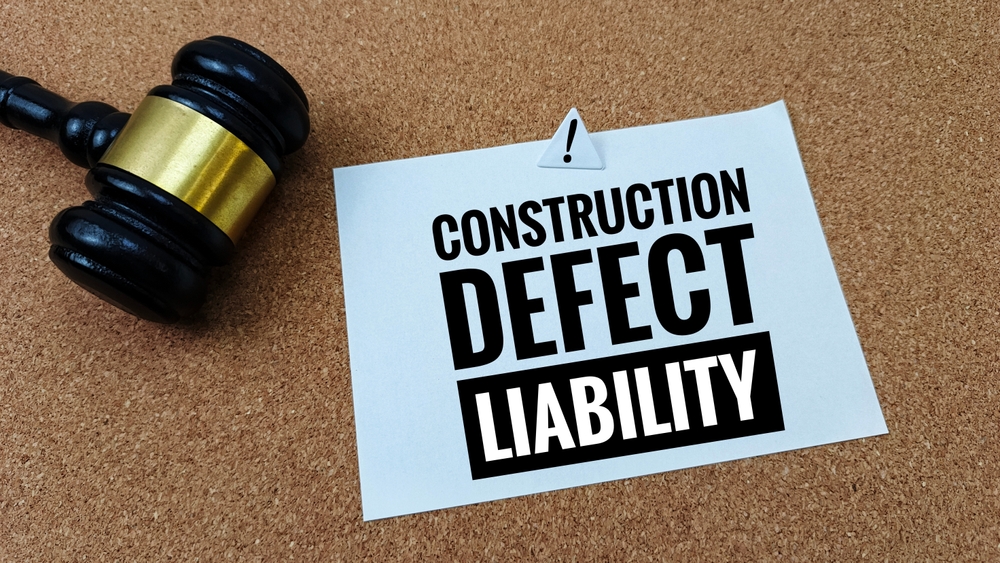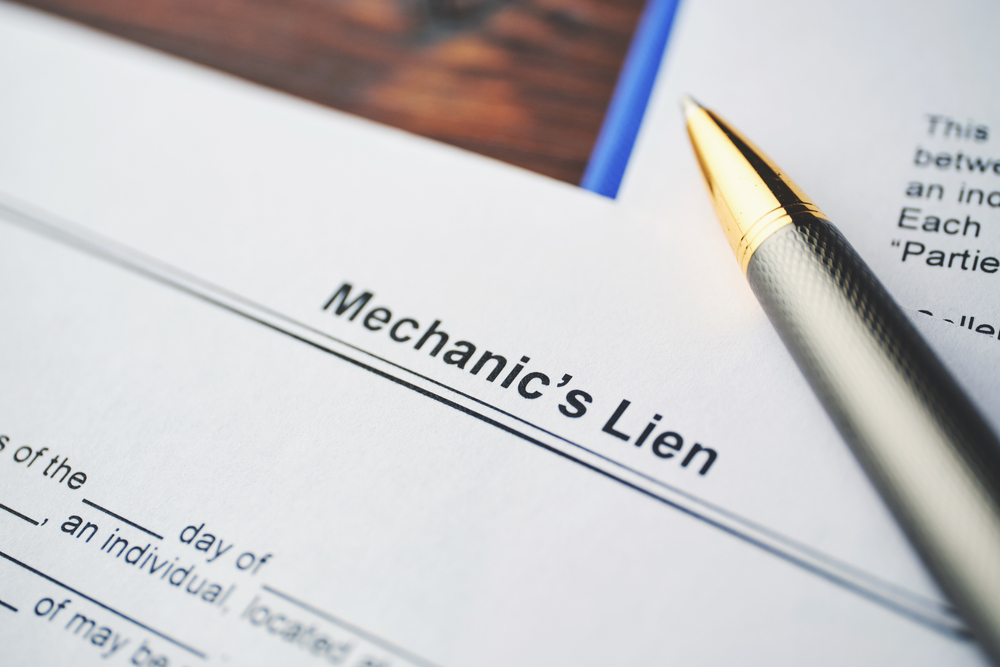

Chapter 6 of Quit Getting Screwed, by Karalynn Cromeens
Lioncrest Publishing
“Why did they sue me?” Linda from Super Paint Subcontractor asked me. “I’m the painting subcontractor; I had nothing to do with the issues with the drywall!”
Linda’s company had been sued by a general contractor on a project they had already finished. The lawsuit claimed that there were substantial issues with the walls but said nothing about the paint being defective. Linda’s company had only painted the walls; they did not install them. While I was reviewing the documents to prepare to answer the lawsuit, I found this statement in the subcontract agreement she had signed.
If any part of Subcontractor’s Work depends upon the Work of Contractor or another subcontractor, Subcontractor has the duty to inspect the Work of the previous subcontractor and report any defects to Contractor. Subcontractor’s failure to report the defect makes them Subcontractor’s defects as well, and Subcontractor is responsible for all damages related thereto.
This meant that since Linda did not find and report the drywall subcontractor’s defaults to the general contractor, their defaults became her defaults. The whole deal ended up costing Linda $20,000—$10,000 for the attorney and $10,000 to the general contractor to settle the case, which is pretty ridiculous, considering there was nothing wrong with her work.
It is essential to find this prior work language in your subcontract and remove or modify the provision. This is one of the reasons that all of the subcontractors on a project will be brought into a lawsuit, even when their scope of work was not found to be defective.
These dangerous provisions are in most subcontracts and deal with the work of the subcontractor before you. They often look something like this:
Before commencing work, Subcontractor will check the Work performed by others and report in writing to the General Contractor any defect, interference, or non-conformity in the Work of others or in the plans and specification. Except to the extent Subcontractor reports defects, interferences, or non-conformities in writing, Subcontractor accepts the Work performed by others.
Here is another example:
If Subcontractor deems that surfaces of Work to which his Work is to be applied or affixed is unsatisfactory or unsuitable, written notification of said condition shall be given to the General Contractor before proceeding or taking remedial action. Otherwise, Subcontractor shall be fully and solely responsible and liable for any and all expense, loss, or damages resulting from said condition, and General Contractor shall be relieved of all liability in connection therewith.
This means that if the work of the subcontractor before you is messed up and you do not notice it and tell the general contractor about it in writing, you are now responsible to fix it. Or if you do not fix it, you are responsible for any damage the messed-up work may cause.
If you have to catch the messed-up work of other subcontractors, then what exactly is the point of having a general contractor? Do not get me wrong—if you see something that another subcontractor messed up that the general contractor missed, you should say something, but you should not be financially responsible for the mess up of another subcontractor if you do not see the mistake.
This clause is the reason why, when the owner sues a general contractor for defects, the general contractor can sue all of the subcontractors on the project even if the defects the general contractor is sued for were not in the subcontractors’ scope of work.
This part of the subcontract should be changed. Below are some suggested clauses with language that do not put all the responsibility on you, the subcontractor.
Before commencing work, Subcontractor will check the Work performed by others and report in writing to the General Contractor any defect, interference, or non-conformity in the Work of others found by such inspection. Subcontractor will not be responsible for any non-conformities not reported.
This clause is a fair requirement; it says you are required to do an inspection and report any nonconforming work that you find. You are not responsible, however, to fix any work, and you are not responsible if you happen to miss any nonconforming work.
Here is another example:
If Subcontractor deems that surfaces of Work to which their Work is to be applied or affixed is unsatisfactory or unsuitable, written notification of said condition shall be given to the General Contractor before proceeding or taking remedial action. Subcontractor will not be responsible for any unsatisfactory or unsuitable surfaces that are not reported.
Again, we made this provision reasonable by removing the part where you become liable for the work of a previous subcontractor, but we kept in the duty to inspect before you perform your work.
The clauses about being responsible for a prior subcontractor’s work can come in all different languages. You need to read the subcontract to find it and suggest a provision that is more reasonable before you sign the subcontract.
Most subcontracts have a provision dealing with the field conditions; they normally look something like this:
The Subcontractor hereby acknowledges and certifies it has visually examined the Work site and agrees that it is aware of all relevant site conditions, and everything regarding the site conditions is included in the contract price.
Here is another example:
Subcontractor has conducted an inspection of the project site and is fully aware of the site and how it relates it the Subcontractor’s scope of work.
So, what exactly are they trying to get at with these provisions? If there is anything involving the site conditions that could increase your contract price, you will not be able to request additional funds to cover the increased price. This is why it is important to visit the project site before you sign the subcontract. Some things to take into consideration when you visit the project, make note of the following:
Visiting the project site before you sign the subcontract will ensure that you have considered all of these potential issues and that they are included in the contract price so that you will not lose money on the project.
Two other ways to prevent potential issues on a project are through submittal and as-built drawings, which we will cover in the next chapter.
| Find and change or remove the provision that makes your company responsible for the work of the subcontractors before you. |
| Visit the project site before you sign the subcontract. |
Karalynn Cromeens is the Owner and Managing Partner of The Cromeens Law Firm, PLLC, with over 17 years of experience in construction, real estate, and business law. A published author and passionate advocate for contractors, she has dedicated her career to protecting the businesses her clients have built. Karalynn is on a mission to educate subcontractors on their legal rights, which inspired her books Quit Getting Screwed and Quit Getting Stiffed, as well as her podcast and The Subcontractor Institute.

